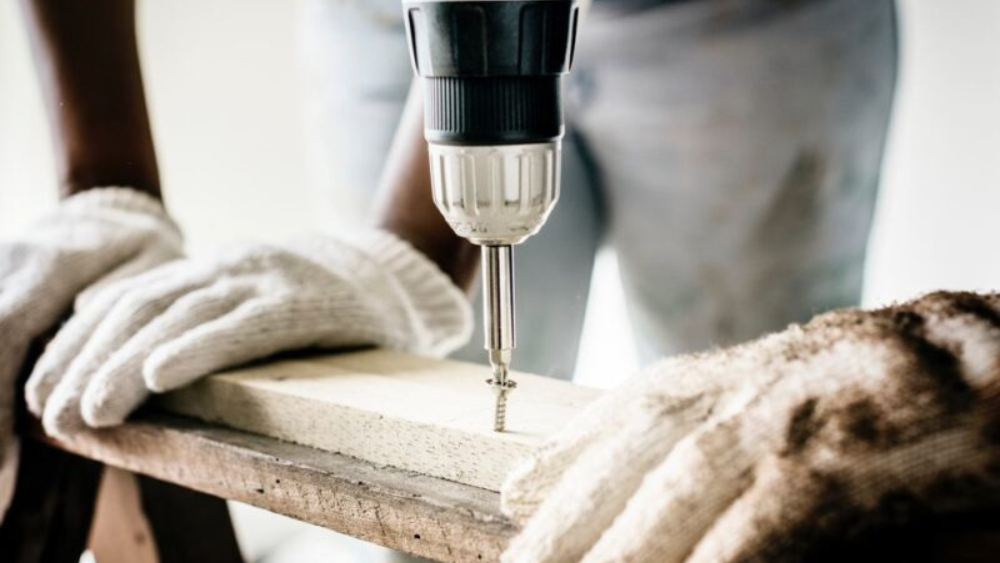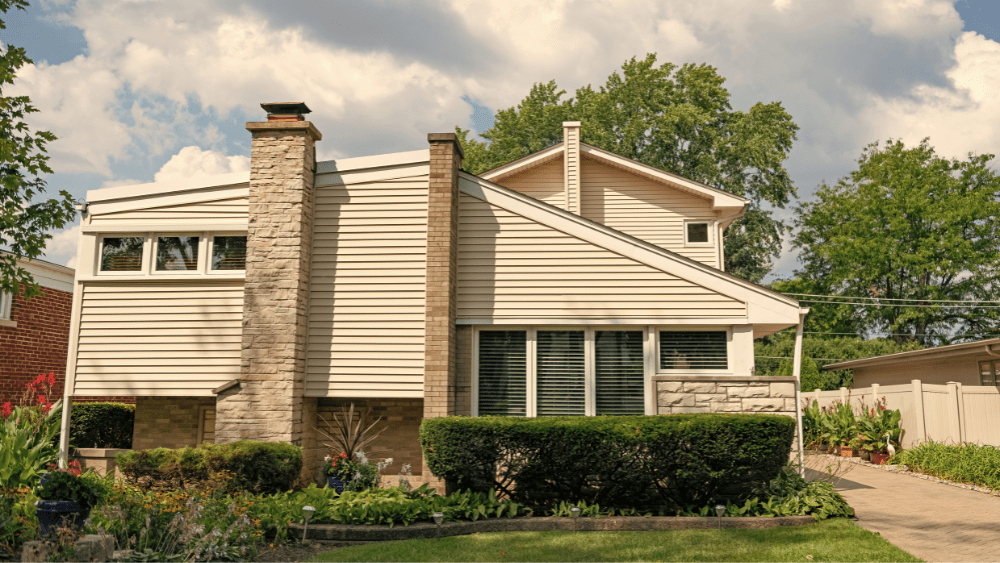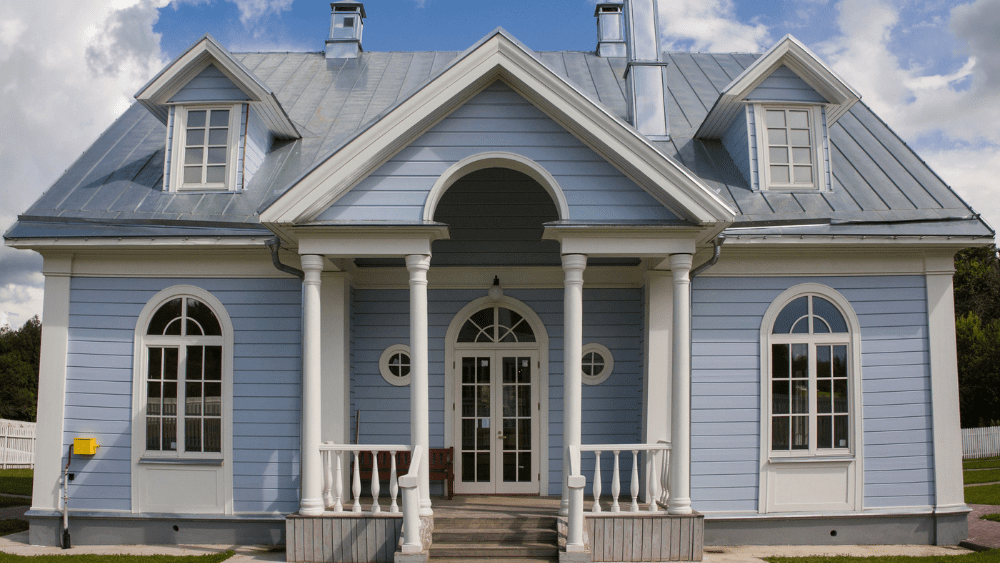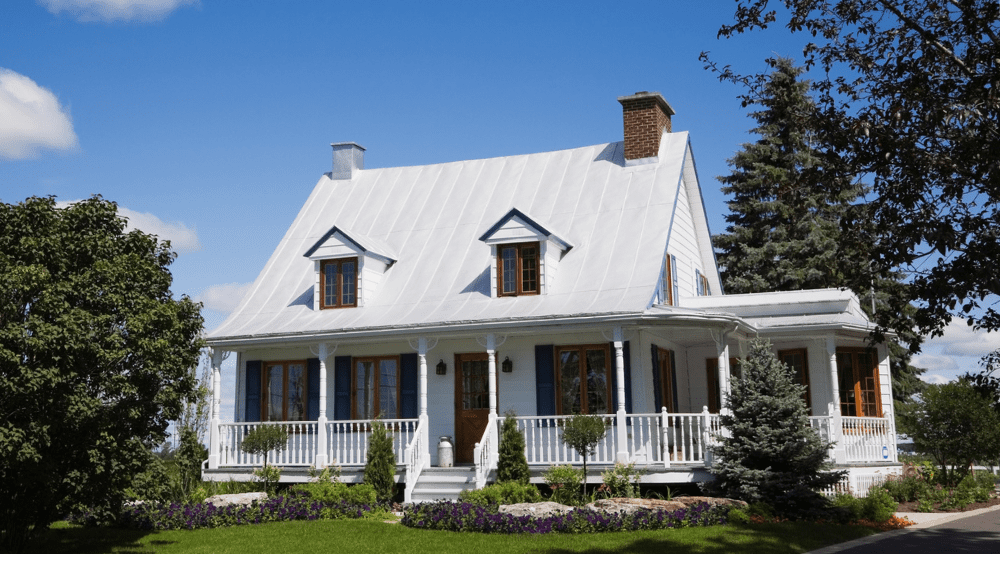
The home-flipping fad isn’t just an obsession among reality TV addicts. The number of people flipping homes in real life is still growing. In 2022, 8.4% of all home sales were flips, compared to just 5.8% in 2017. However, although television makes flipping look easy, exciting, and profitable, the reality isn’t so glamorous. It takes a lot of money and manpower to transform an outdated house into a showplace home — especially if you plan to profit when you resell the property. We’re talking about a high-risk business with profit margins as low as 20-30% — the lowest since 2008. Just ask Bryan Lebo, an agent with over 10 years of experience flipping homes. Lebo ranks in the top 1% out of nearly 10,000 sellers’ agents in Las Vegas: “The most important thing you need to realize is that profit is not guaranteed. Just because you’re buying a house to flip doesn’t mean that you’re going to make money,” says Lebo. Here we’ll dive into advice from the pros on how to get started flipping houses that you’ll never find on TV. As successful as home flipping shows seem, remember that their primary profit comes from advertisers, not the home sale itself. Those shows will also have two things you won’t: a studio-backed budget and a paid crew doing the major construction work off-camera. When solely responsible for the capital and remodeling, a few mistakes can quickly transform your profit margins into a crushing loss. New flippers aren’t the only ones facing thin profit margins. Statistics show that most flippers sold for a gross profit margin of only 32.1% in 2022, Why? Because the median value rose more slowly than the median price they paid to purchase these properties.House flipping isn’t ‘as seen on TV’



